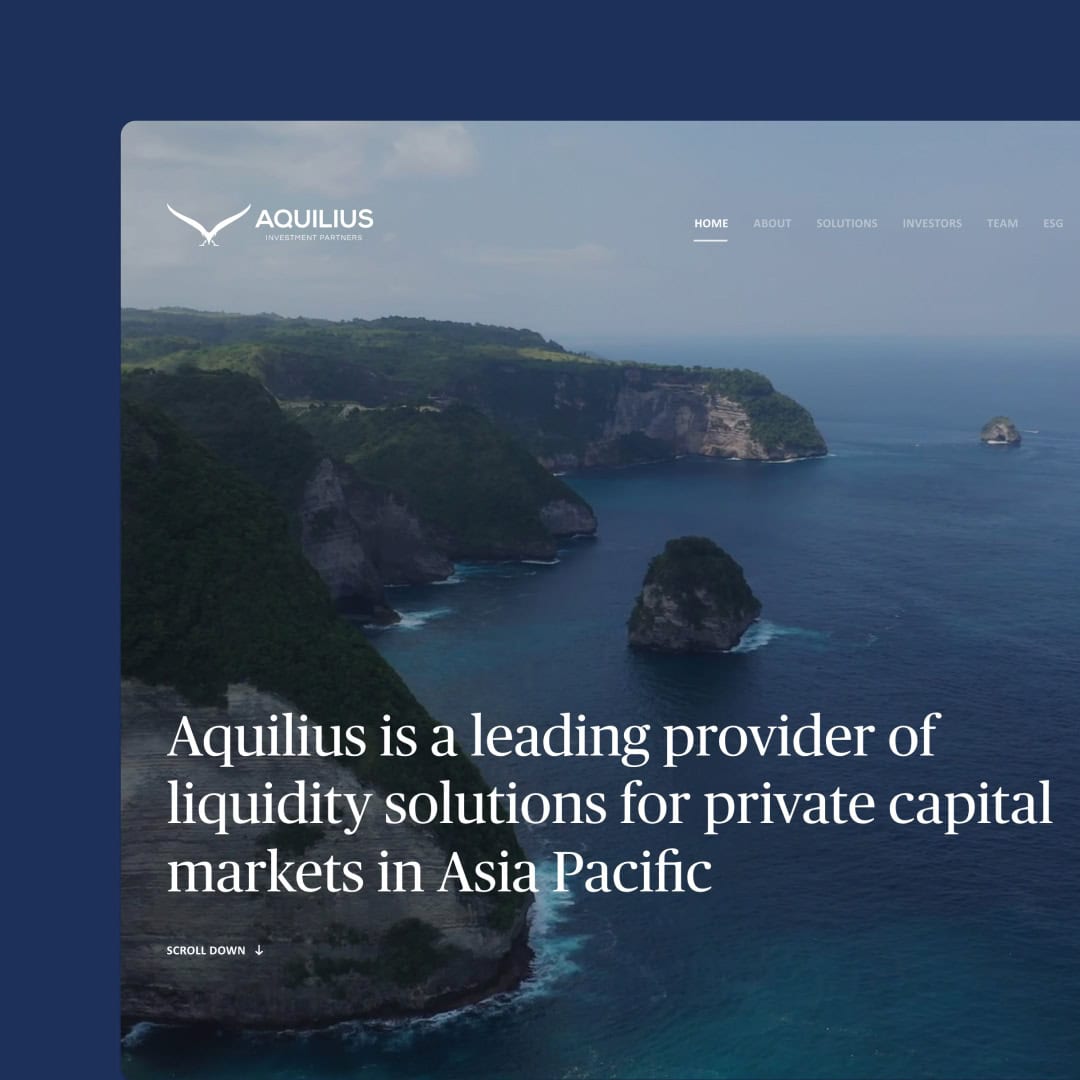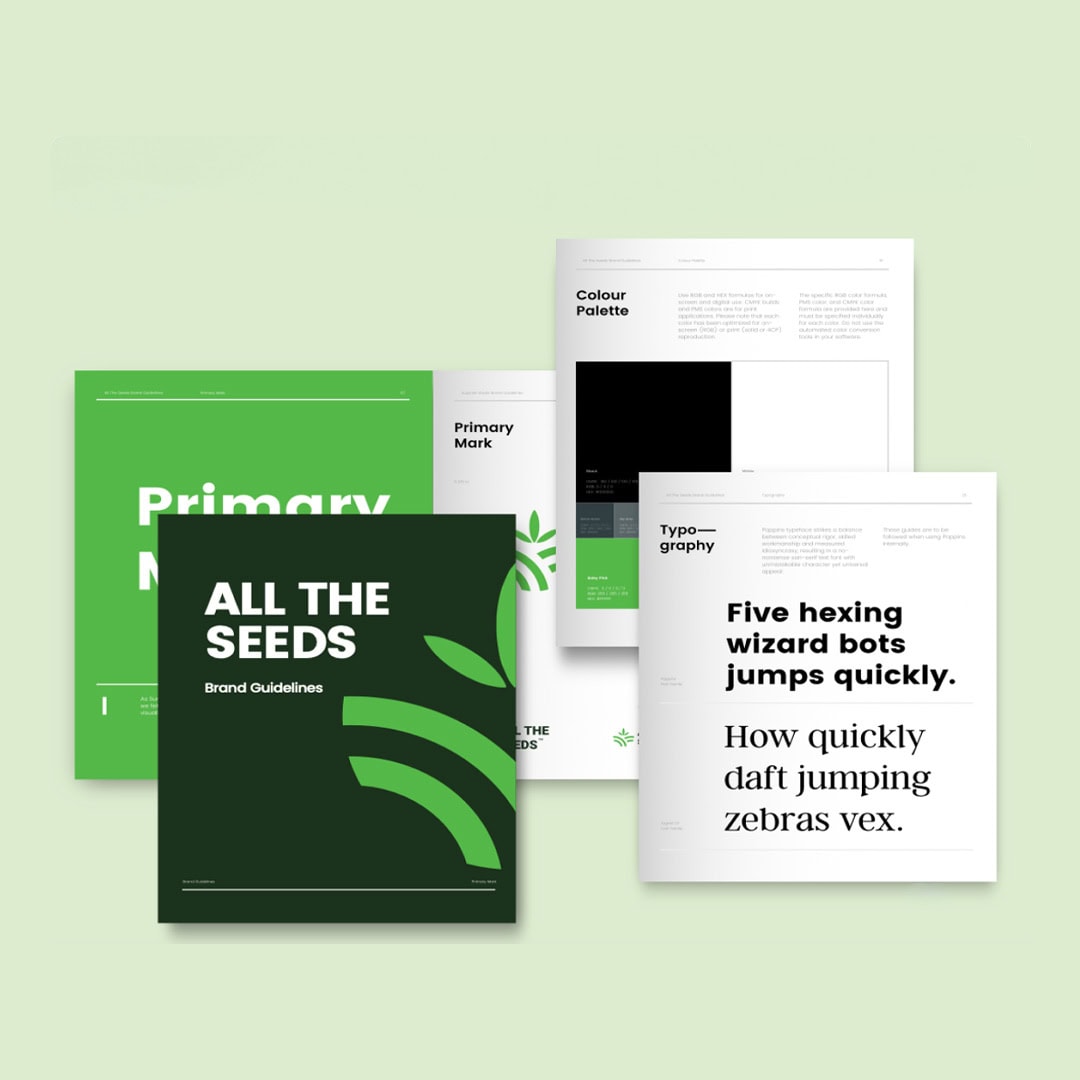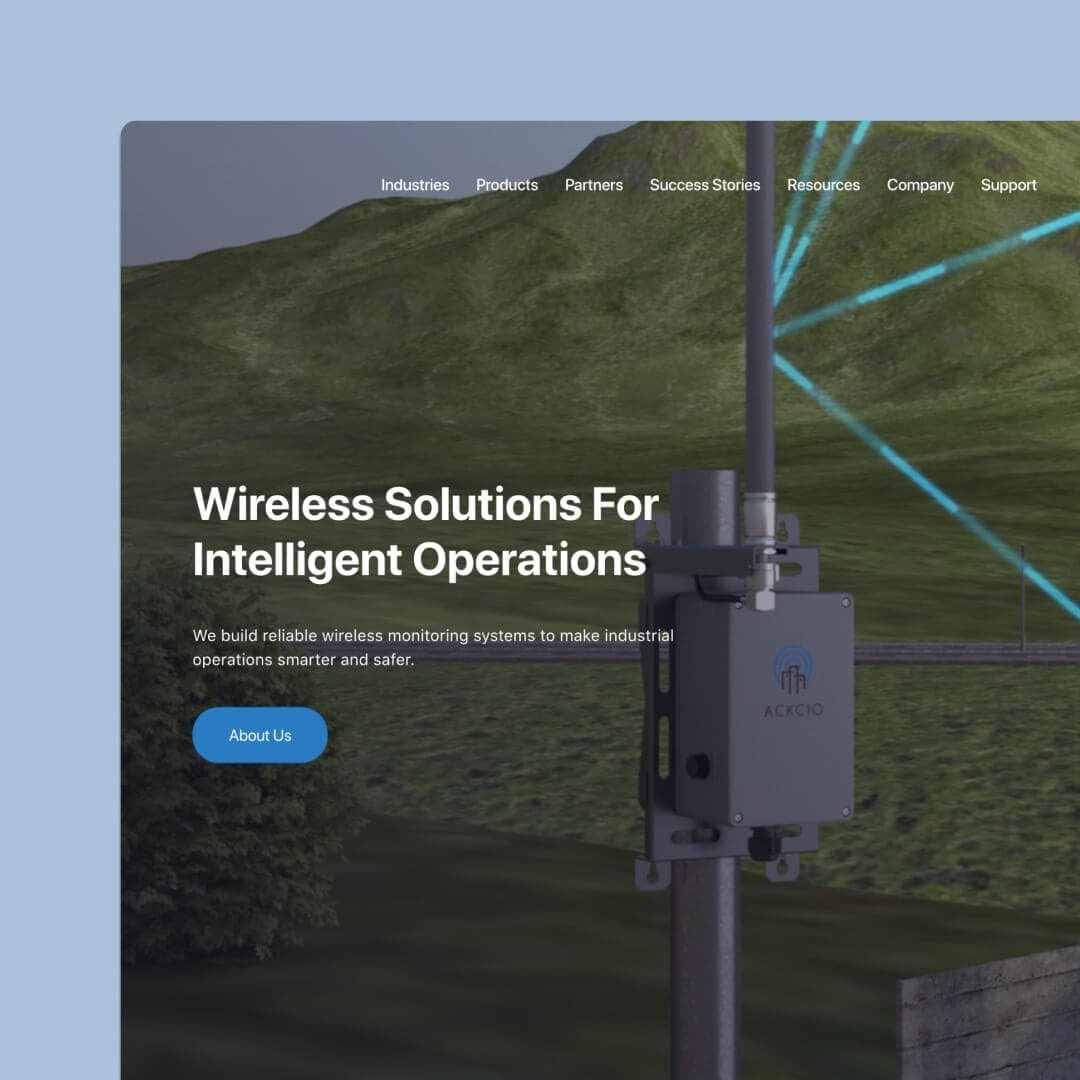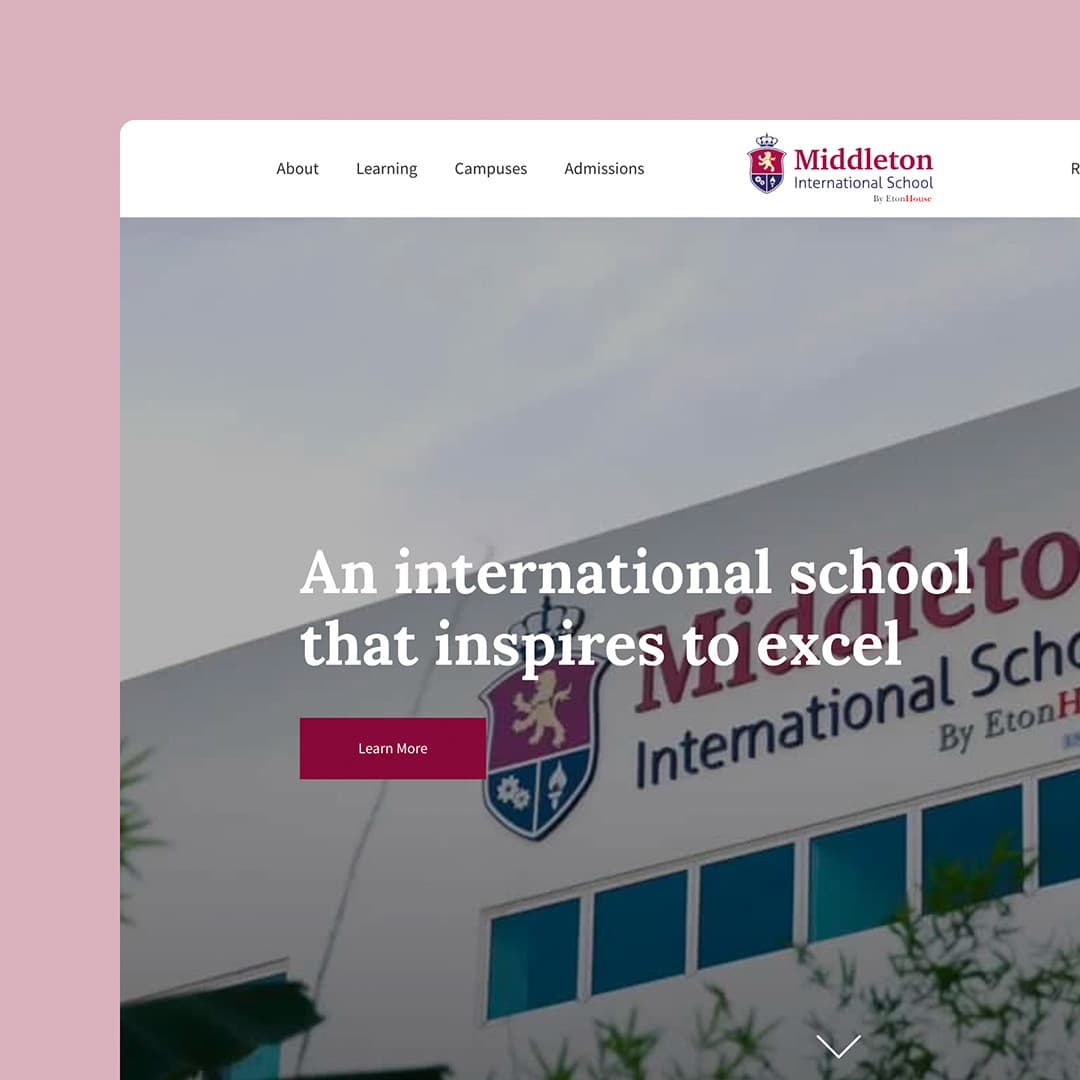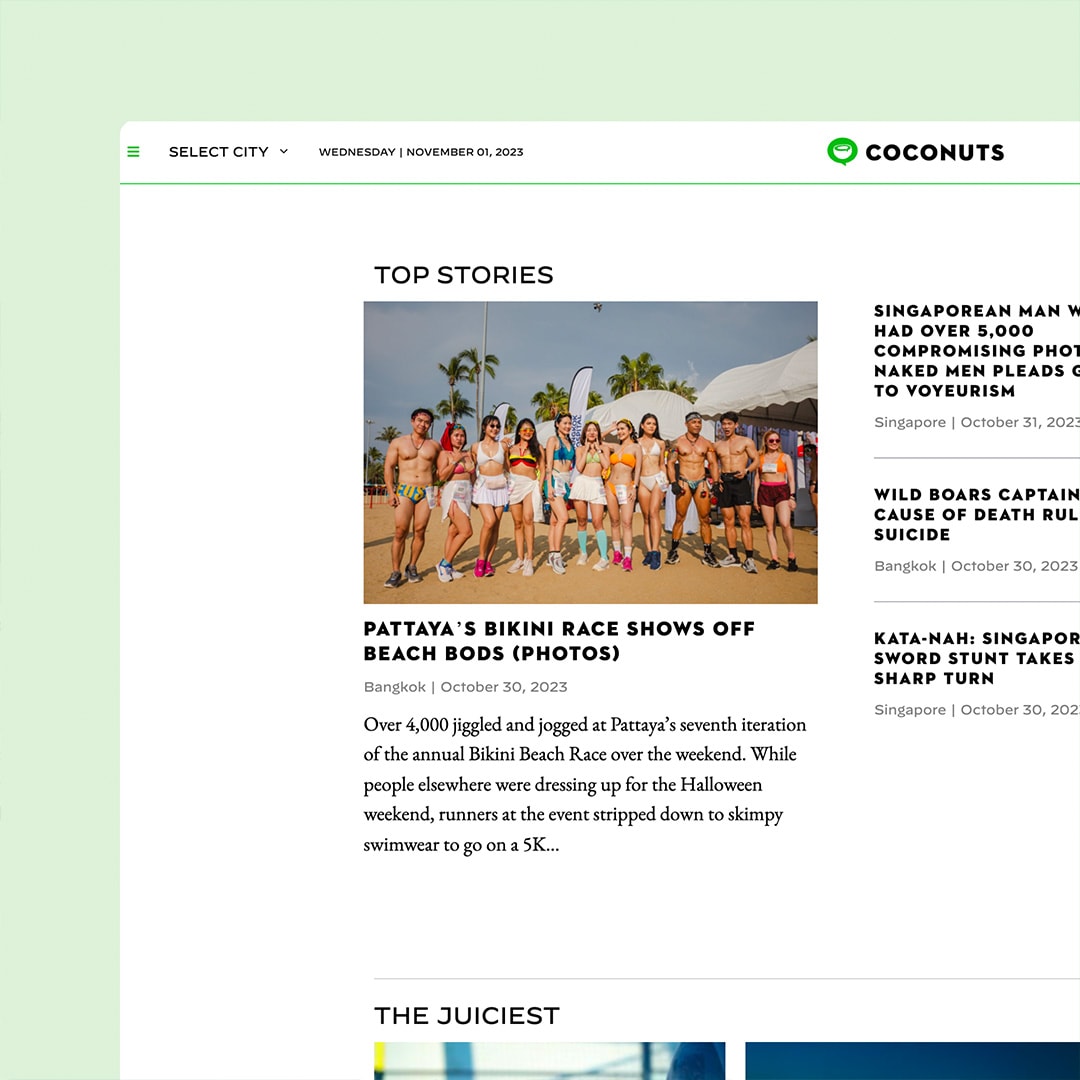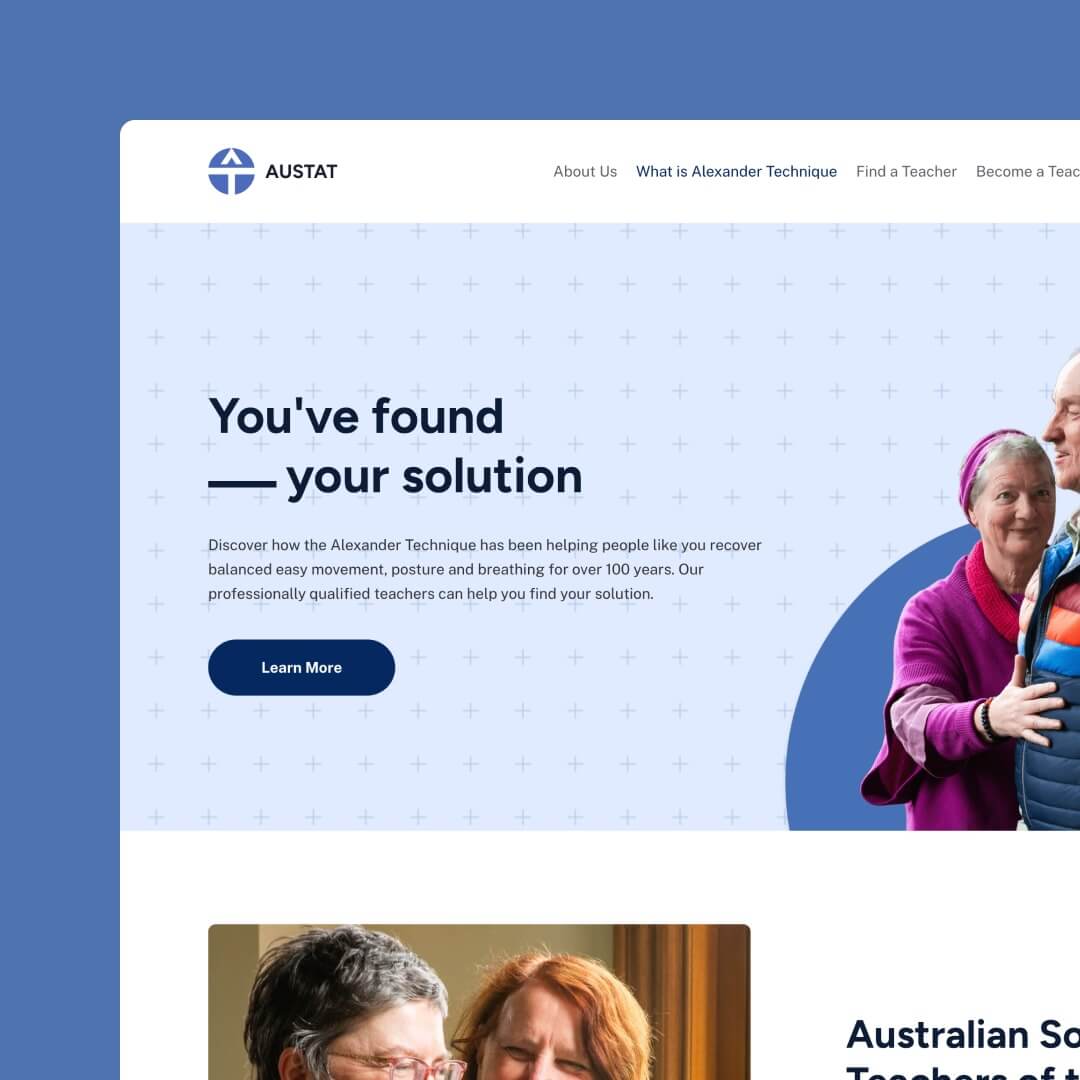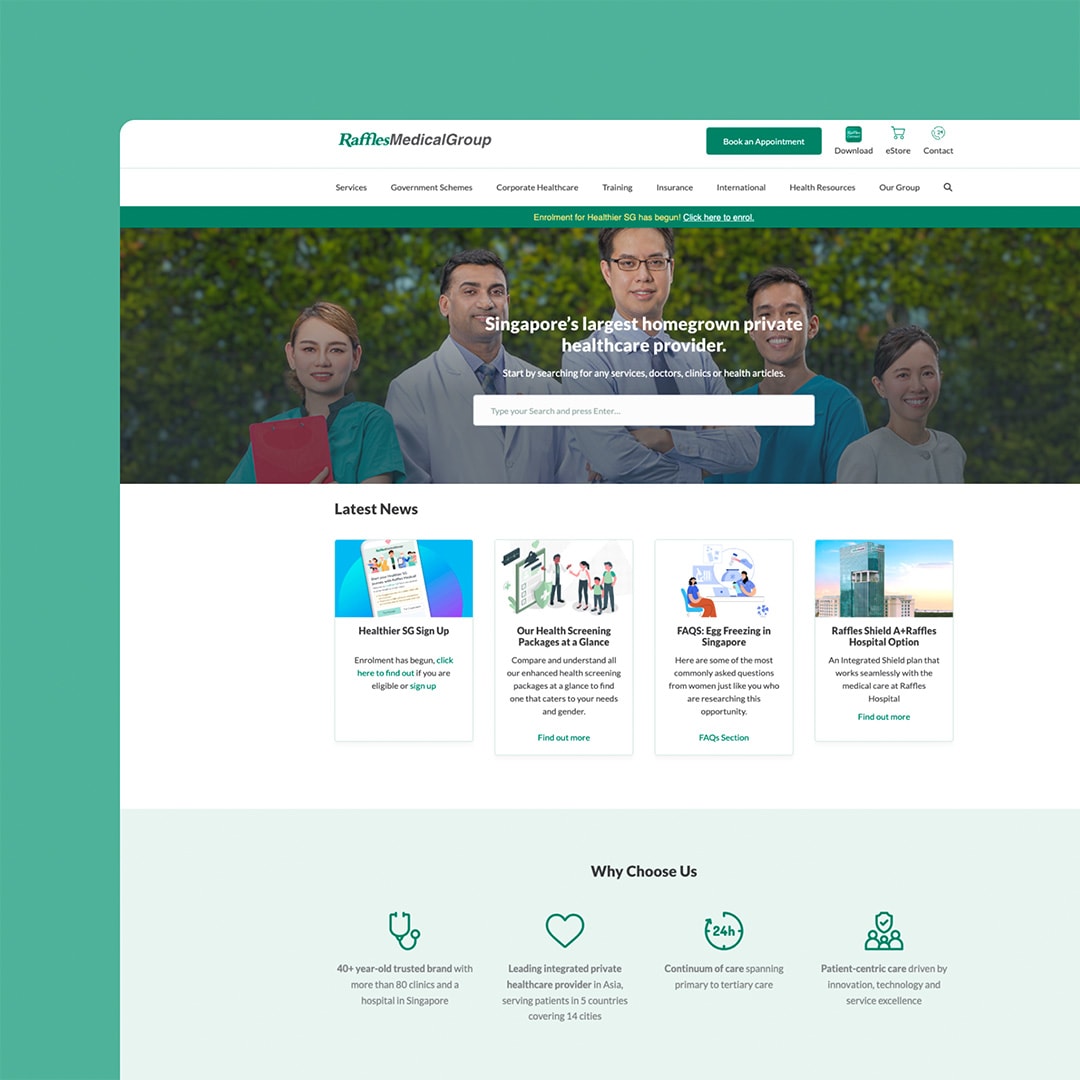
In the fast-paced world of event planning, attracting and retaining attendees is becoming increasingly challenging. One influential factor that is easy to overlook is website design.
Presenting readers with engaging content, easy navigation, and a smooth registration process can significantly influence their decision to attend your event and ultimately increase attendance.
A well-designed, user-friendly website is vital in capturing the interest of potential attendees and encouraging them to explore your event further.
This isn’t just about promoting what you do. An effective website design can enhance the attendee’s experience from the moment they land on your page, guiding them through the necessary steps – from acquiring information to registering for the event.
By utilising a blend of creative visuals, concise messaging and an intuitive interface, you can create a captivating online environment that entices visitors and fosters a strong connection that will not only book a seat, it will get bums into them too.
Coupled with the right marketing strategies, a well-designed website can successfully score interest, boost ticket sales and strengthen your brand’s reputation in the event industry.
Key Takeaways
- A user-friendly event website is critical for attracting bookings and getting attendance.
- Creative visuals, concise messaging and intuitive designs are needed to promote engagement for your event.
- A well-designed website, paired with effective marketing strategies, helps to foster interest and increase attendance.
- Make your event easy to register for, buy tickets and get attractive info all in one place.
Table of Contents
Do I need a User-Friendly Website for My Event?
A user-friendly website plays a crucial role in increasing event attendance. It is the first impression that potential attendees encounter when interacting with the event online.
A well-designed website provides visitors with all the necessary information, making it easy to understand the event details, its benefits and why they should attend.
Clear and concise content on the event website contributes to a positive user experience. By presenting pertinent information regarding event location, dates and speakers in a straightforward way, visitors can quickly decide if attending the event aligns with their interests and schedules.
Posting attractive visuals and multimedia materials can enhance engagement and help communicate the atmosphere and vision of the event, further encouraging attendance.
Efficient navigation is another essential aspect of a user-friendly event website. Providing visitors with intuitive menus and an easy-to-use search functionality ensures they can readily find the information they seek without frustration. This can persuade potential attendees to register or purchase tickets, increasing event attendance.
Integrating a simple and secure registration process within the event website creates a smoother user experience. Quick and easy access to online registration or ticket purchase options encourages attendees to commit to the event sooner, preventing interest drop-offs due to cumbersome purchasing processes.
A responsive design not only enhances their browsing experience, but also increases the likelihood of converting website visitors into event attendees.
A mobile-friendly event website caters to an increasingly on-the-go audience. With a significant proportion of website visits occurring through smartphones and tablets, ensuring a seamless experience is essential no matter what device your audience is tapping in from.
How to Create an Effective Registration and Check-In Process
One of the key elements to focus on when designing an event website is creating an effective registration and check-in process. By streamlining these processes, event organisers can ensure a smooth experience for attendees, resulting in higher attendance rates and increased overall satisfaction.
Make sure your registration process is straightforward to navigate.
Don’t take any more info than is essential on the form for attendees to fill out. Please keep it simple with name, email address and contact information. Too many field requests are slow but require a high level of trust – thrust that you may not have built up yet. If there is other info you’d like to capture, try asking on a form during a break in the event once they have warmed up and have a better feel for the value you offer.
It’s worthwhile considering multiple payment options, like a credit card, PayPal and bank transfer, to accommodate various preferences. Payment upfront is always preferable as it comes with a more substantial commitment to attend.
Do I need an Event App as well as a Website?
While it’s unnecessary, integrating event data with an event app further simplifies the registration process and looks sleek and professional – make sure the app works amazingly well or it will deter rather than promote.
Offering a downloadable event app allows attendees to receive updates, reminders and important information directly on their smartphones.
This can help to generate excitement for the event and streamline your check-in process. By scanning a QR code or digital ticket, attendees can quickly and efficiently check-in, reducing wait times and improving their overall event experience.
Event data can also be an excellent tool for you to use to monitor registration trends and make necessary adjustments to marketing strategies. By analysing data: registration numbers, the registration sources and attendee demographics, you can identify any potential reasons for low attendance and take steps to address them.
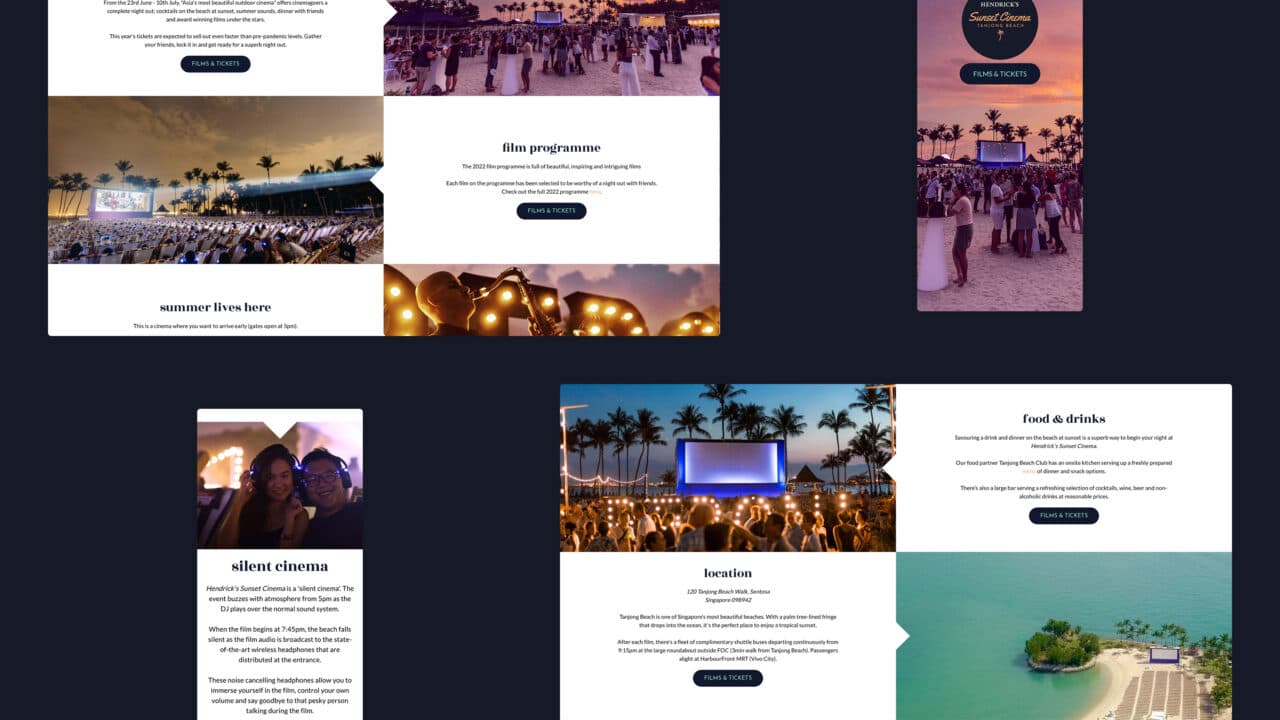
Developing a Targeted Marketing Strategy
By identifying the event’s target audience, event organisers can develop a robust online presence that attracts attendees from multiple channels.
Social Media
One of the key marketing strategies involves utilising social media platforms such as Facebook, Instagram and LinkedIn. Each platform offers unique opportunities to reach the target market by creating engaging content. Sharing posts, images and videos related to the event can generate curiosity.
Emails and E-newsletters
Email marketing serves as another crucial component in a targeted strategy. Building a mailing list allows event organisers to send regular updates, newsletters and promotional materials directly to interested parties who can easily share the information with family, friends and colleagues.
A well-designed website can have clear call-to-action buttons for registrations or newsletter sign-ups, making it easy for users to stay informed about the event.
Blogs
Incorporating blogs personalised your brand and event as you can recount what your event is designed to do and why you started it. The positive and life-changing impact your information has on attendees’ lives.
Website design can also increase visibility and event attendance. By creating high-quality, informative blog posts, organisers can demonstrate their expertise and knowledge, establishing credibility with their target audience – all of which is easy to share.
Track Marketing Performance
Tracking performance and adjusting strategies is essential to maximise the impact of marketing efforts. Analysing data from social media channels, visitor engagement on the website, and email open rates can provide valuable insights for improving online presence and event attendance.
Personalised Invitations
Event organisers can send personalised emails to potential attendees by leveraging an email list. These personalised emails can create a connection and increase the likelihood of recipients registering for the event. When crafting these emails, address recipients by name and tailor the message according to their interests and needs.
It’s also a great way to offer early-bird discounts that grab the attention of potential attendees and encourage early uptake. This strategy can also encourage customers to share their exclusive discount codes with friends and colleagues, expanding your reach past the usual crowd.
You can use your warm email lists to send personalised invites when you have a new event. Personalised invites show potential attendees that the event organiser has taken the time to understand their needs and preferences, increasing the chances of them registering for the event or adding something special for them as a VIP.
Properly formatted emails can also improve the effectiveness of these marketing efforts. Using tables, bullet points, and bold text helps highlight the most critical information, making it easier for recipients to digest the information and ultimately decide to register for the event.
Learning from Past Events
To determine the best strategy for increasing event attendance through website design, it is essential to learn from past experiences. Conducting surveys and gathering feedback from attendees, event planners, and exhibitors can provide valuable insights.
Testimonials from attendees can give you a better understanding of what worked well and what areas require improvement.
Surveys can help determine the most significant factors that contribute to low and high attendance and exhibit data, such as the number of website visits converted into event registrations. Tracking this information helps identify the website’s strengths and weaknesses and can lead to improved design strategies that increase attendance at future events.
Don’t just stick to your backyard for feedback, either. Assess your competition. Your competitors will have information available online, along with reviews and testimonials you can use to decide what you want to replicate in your event website design. Look around, see what you like and what gets your attention, and find ways to use these elements uniquely in your website.
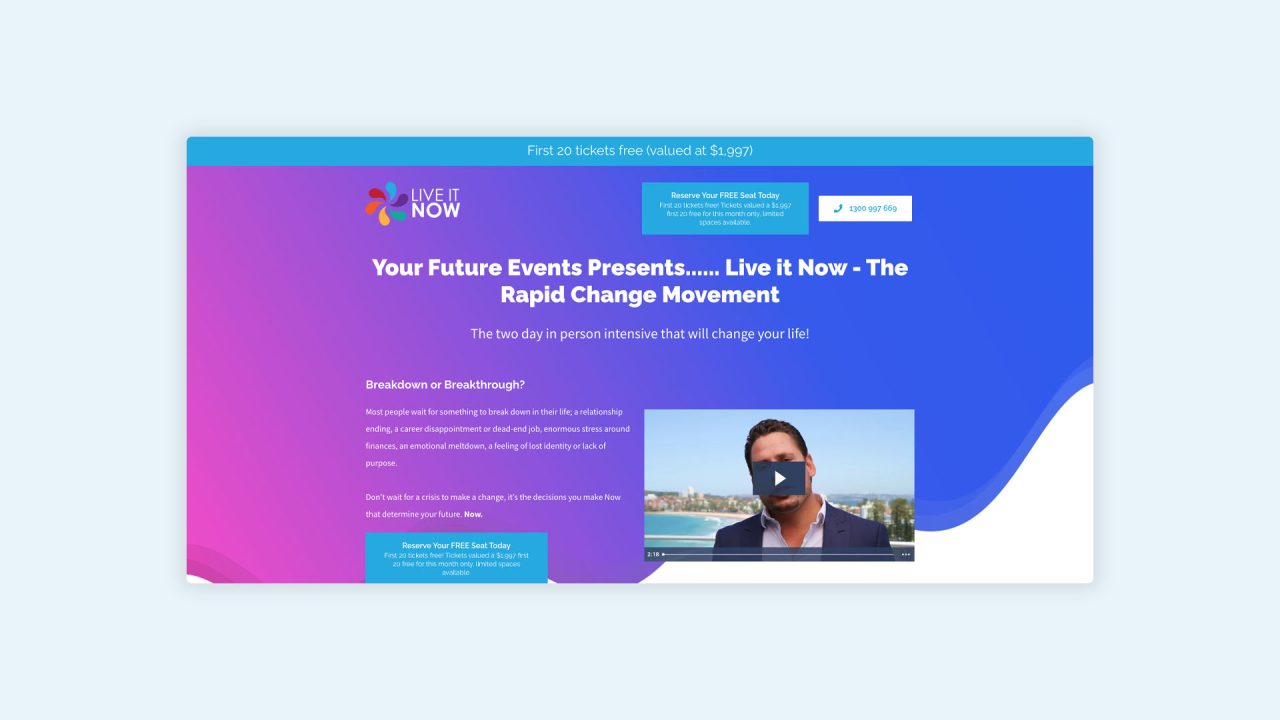
Creating Engaging and Unique Content
Creating engaging and unique content involves incorporating various elements that capture the attention and interest of your potential attendees. One way to do this is through the clever use of video. High-quality videos that showcase event highlights (no spoilers, though) and offer a glimpse into what it’s like to be there can be a powerful advertising tool.
Live streaming is another innovative feature to consider incorporating into your website design, as it allows individuals who cannot physically attend the event to engage still. While this won’t work for some events, it might be perfectly matched to others to help expand your event’s reach to a broader audience, even internationally.
Setting up chat features alongside the live stream provides attendees and virtual participants with networking opportunities and the ability to interact with each other.
Social media can play a significant role in event promotion, and hashtags are one way to create a cohesive and easily discoverable online presence.
An event hashtag should be unique to your event, while also being simple for attendees to remember and use.
Encouraging attendees to use the event hashtag when posting on social media helps generate conversations and build buzz around your event.
We build stunning, user-focused websites that will wow your customers.
Are you a business owner in Singapore, Australia or worldwide? We work with clients across the globe to deliver beautiful yet functional website designs.

Utilising Social Media to Promote the Event
Promoting an event through social media platforms is crucial to attracting attendees to a gathering or function. Creating a dedicated Facebook event page can be an effective promotional tool. This page allows people interested in attending the event to quickly access relevant information, such as date, time and location, with added extras such as comments, likes and shares that enable current attendees to spread the word.
With the proper use of Facebook, LinkedIn, Twitter, Instagram and other social networks, event organisers can reach a wider audience, generate excitement and increase attendance.
When announcing guest speakers, leverage their personal social media accounts to influence potential attendees. Sharing the speakers’ promotional materials and articles related to the event can create anticipation for the event and win some credibility.
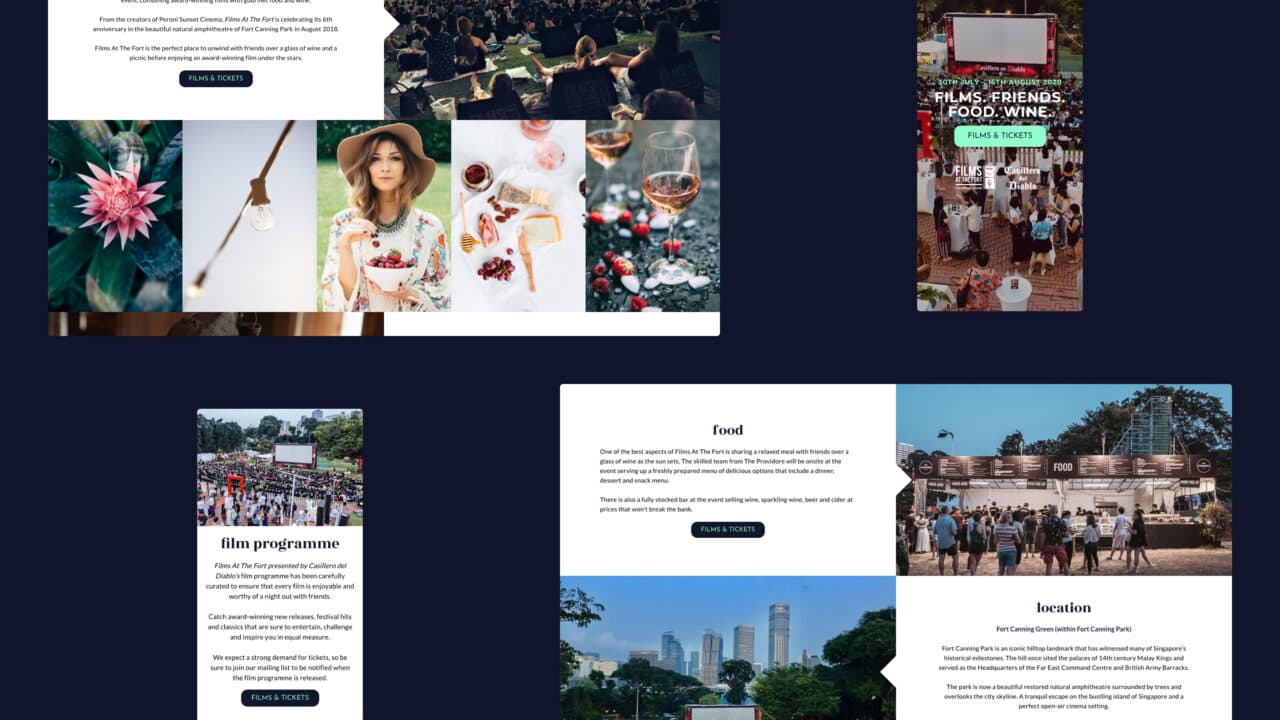
Maximising Networking and Community Opportunities
Creating an environment that encourages networking and community connections is essential to increase event attendance.
One significant aspect to consider is the event experience itself. A well-planned event with a strong speaker lineup piques the interest of potential attendees and can make the difference between a successful event and a missed opportunity.
Engaging guest speakers who are well-known within the industry not only generates excitement but also showcases credibility and adds value to the experience.
Should I Make Time for Q&As at My Event?
Providing opportunities for Q&A sessions with speakers creates an interactive and accessible environment. The website should clearly outline these sessions and emphasise their significance, stimulating attendees’ curiosity and desire to participate in this knowledge exchange. Your website is also the perfect platform to provide participants with a chance to phrase their questions early and line up an answer at the event in advance.
Is Networking at Events Something I Should Make Time For?
Incorporating networking opportunities is great for increasing value, deepening the event experience and allowing your guests time to change pace and re-energise. Showcasing these opportunities on your website includes having a running sheet detailing networking events, allocating time slots for attendees to engage with one another, or even implementing a digital platform to streamline the process. By outlining these options, your website can instil a sense of community and cohesion among like-minded individuals within the industry.
Should I Offer Incentives and Discounts to Boost Interest?
Offering incentives and discounts is vital in attracting and increasing event attendance. By designing a website that showcases your bonus offers, you can pique the interest of potential attendees and encourage them to sign on.
One practical approach is to offer a discounted registration fee for early birds, group bookings, or members of a particular association. This attracts individuals and organisations to attend the event, increasing networking opportunities and creating a sense of community.
In addition to monetary discounts, your website can highlight incentives such as exclusive access to event merchandise or a chance to win exciting prizes. These tangible rewards add value to the event experience, create buzz, and encourage social sharing on various platforms.
You might offer a bring-a-friend-for-free, which not only doubles your attendance and reach but also helps solidify commitment for attendance and provides a bit of a safety net that someone familiar is there to experience with and discuss things with – these kinds of win-win bonuses should be high on your promotion and marketing list.
Incorporating the event theme and exhibition into the incentives is beneficial as well. For instance, an environmentally-themed event could offer reusable bags featuring the event logo as a gift for the first 50 registrants. This promotes the event and raises awareness about the cause it supports, fostering a sense of involvement and connection to the event.
Lastly, the website could include testimonials from previous attendees or notable industry professionals endorsing the event to boost credibility and instil confidence. This strategy reinforces the value that attendees receive from the event and contributes to increased event attendance.
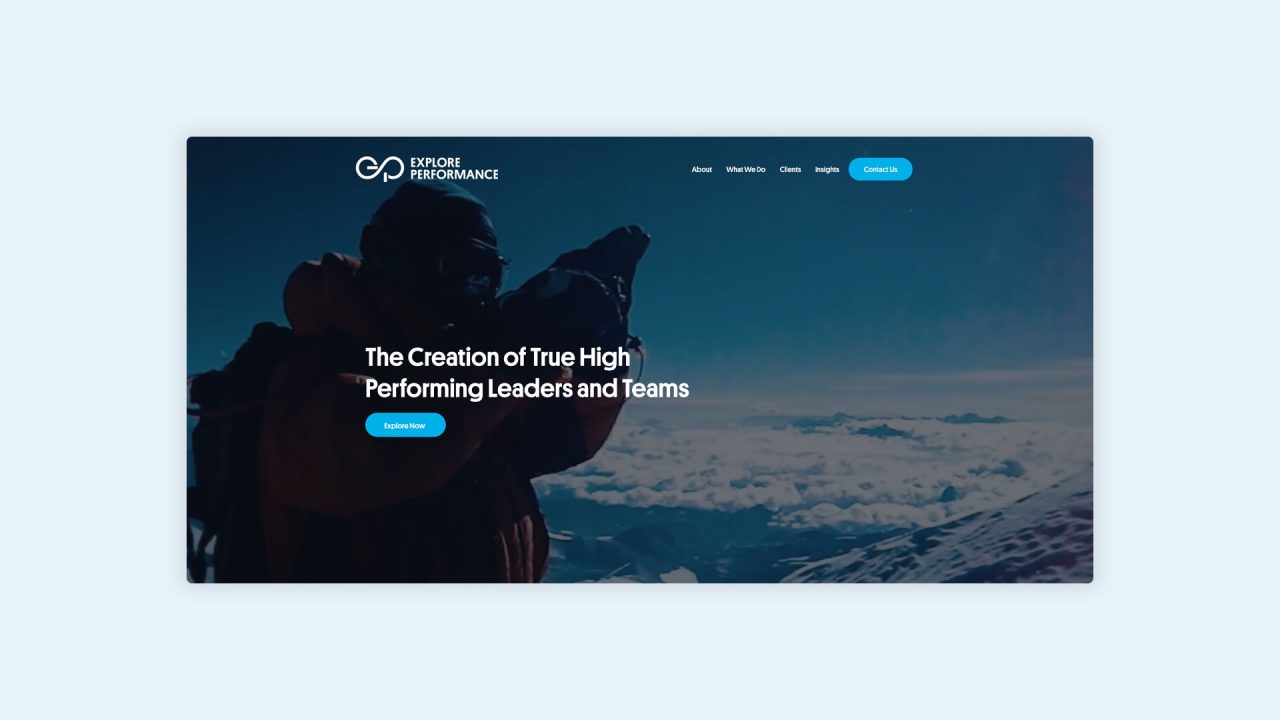
Building Awareness and Engagement
An effective website design is crucial in increasing event attendance by fostering engagement and building awareness. When planning an event, incorporate event design and technology to maximise exposure and attract potential attendees.
One primary strategy involves optimising your website for user experience. Make sure that crucial information is easily accessible, which may include highlighting event details, location, agenda and speakers while using eye-catching visual elements that grab the visitor’s attention or even require them to interact.
Engagement also comes back to those social media accounts mentioned earlier as sharing features and facilitating event promotion by allowing visitors to share information and pics with their networks. Social media platforms can also generate online communities, fostering engagement and encouraging participants to interact with one another before, during and after your event, where you also get to showcase your experience and expertise through gentle guidance in these communities, answering questions and making recommendations that add value.
Your website can also include various technology and tools to enhance further engagement, interactive maps, personalised agendas, calendar reminders and live updates. These features not only add convenience but also create a sense of involvement, providing opportunities for attendees to actively participate and making them more likely to return for future events – or even get them along to this one.
As well as tools for them, take up analytic tools for you too. You can get data on website traffic and user behaviour, and analyse the effectiveness of email campaigns, social media outreach and other promotional efforts to refine your strategies for maximum impact.
By focusing on user experience, engagement and awareness, you can create an online presence that encourages visitors to become active participants in the event, which not just improves attendance, it creates an atmosphere and culture in the room that broadens the entire event experience and entices follow-up.
How Can A Website Solve Common Event Challenges?
Event hosts face various challenges when trying to attract attendees. Website design plays a crucial role in overcoming these problems by effectively communicating information and defining precisely the event and who it is for. Your event website can be designed to overcome several issues, such as:
Scheduling Conflicts
A well-designed event website helps address scheduling conflicts by offering a clear and easy-to-navigate calendar feature. This enables visitors to search and assess which dates will be best suited to their schedule.
Sponsor Visibility
Having sponsorships helps cover your costs but they want to be seen and recognised. You can showcase their brand and your appreciation through your event website using logos and brand colours to create a strong connection between the event, the attendees and your sponsors.
Competing events
You need to be able to show how you do things differently to get ahead of similar events. High-quality media, engaging photos, videos, and testimonials on your website can showcase the unique aspects of the event and how valuable your information is.
Personal Selections
Integrating website features that allow attendees to interact and express preferences, such as session selection and personalisation options, demonstrate that the event organisers value their input and strive to cater to their preferences.
Location
An efficient website design should make it easy for potential attendees to find essential location information, simplify travel and accommodation arrangements, and highlight nearby attractions that may entice additional visitors.
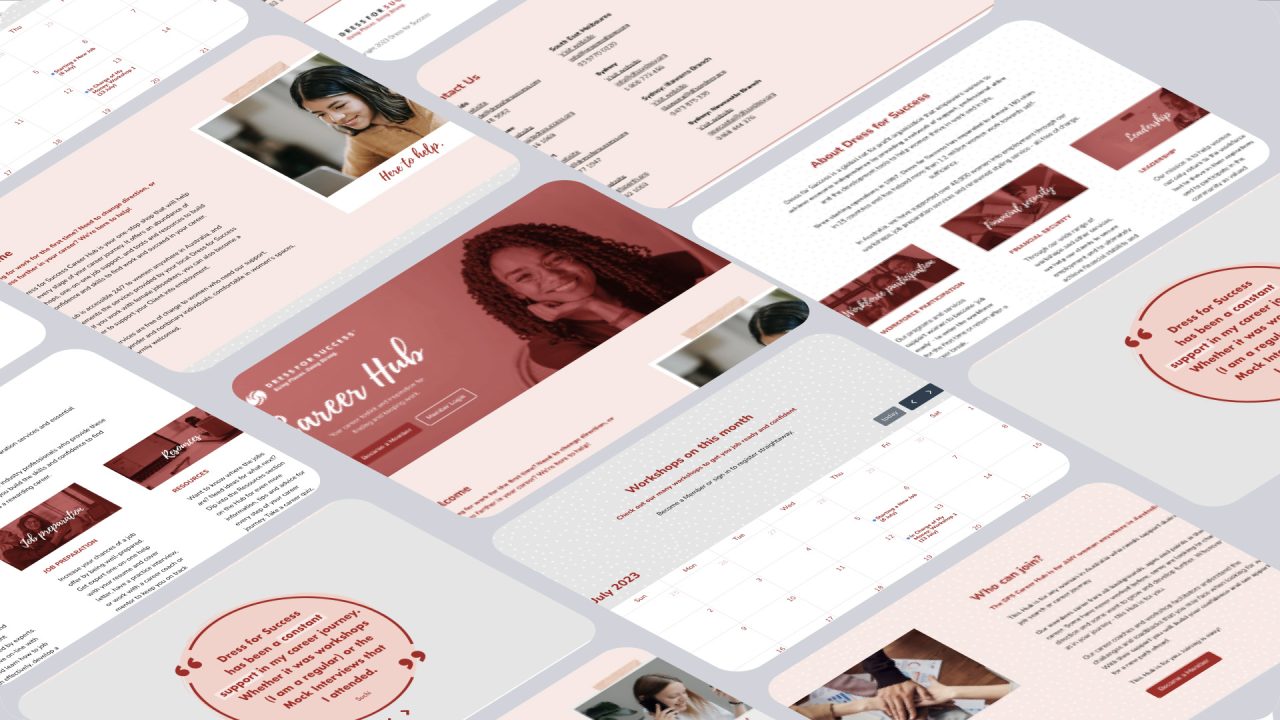
Personalising Your Event for Different Audiences
When it comes to capturing interest, personalising event invitations is key. By personalising the event website to cater to different personas, event organisers can effectively increase attendance and create a memorable experience.
To start with, tailor the website content according to the preferences of various target audience segments via different CTA buttons and links. This can include creating separate sections highlighting event features appealing to these groups. In turn, this will make it easier for the site visitors to identify and engage with content relevant to them.
Encourage visitors to share the event details with their friends through social media and email invitations integrated into the website.
By providing easy-to-use sharing features, attendees can effortlessly spread the word and reach a broader audience base.
Customise email or social media invitations to include the recipient’s name and, if possible, mention their interests that align with the event’s offerings. Moreover, catering these invitations to the recipient’s friends’ interests can also prove inviting.
Finally, the website’s visuals should resonate with the target audience. Choose design elements, colours and images that appeal to the different personas and create an emotional connection with the event.
If you need help creating the perfect website to attract attendees to future events, contact our experienced design team, who can look at your event goals and values and bring it all together for a website that resonates with your audience and gets bums in seats.
Before you go…
Maintaining your event website is a crucial part of the event-planning process, as broken links or busted shopping carts can cause a dramatic drop in bookings. Having a professional look after your website maintenance costs a little upfront but gives you a massive ROI in the long run.
Our expertise
Website Design
We mix creativity with UX thinking to design interfaces that feel seamless. Always responsive, always built around outcomes — leads, engagement, conversion.
